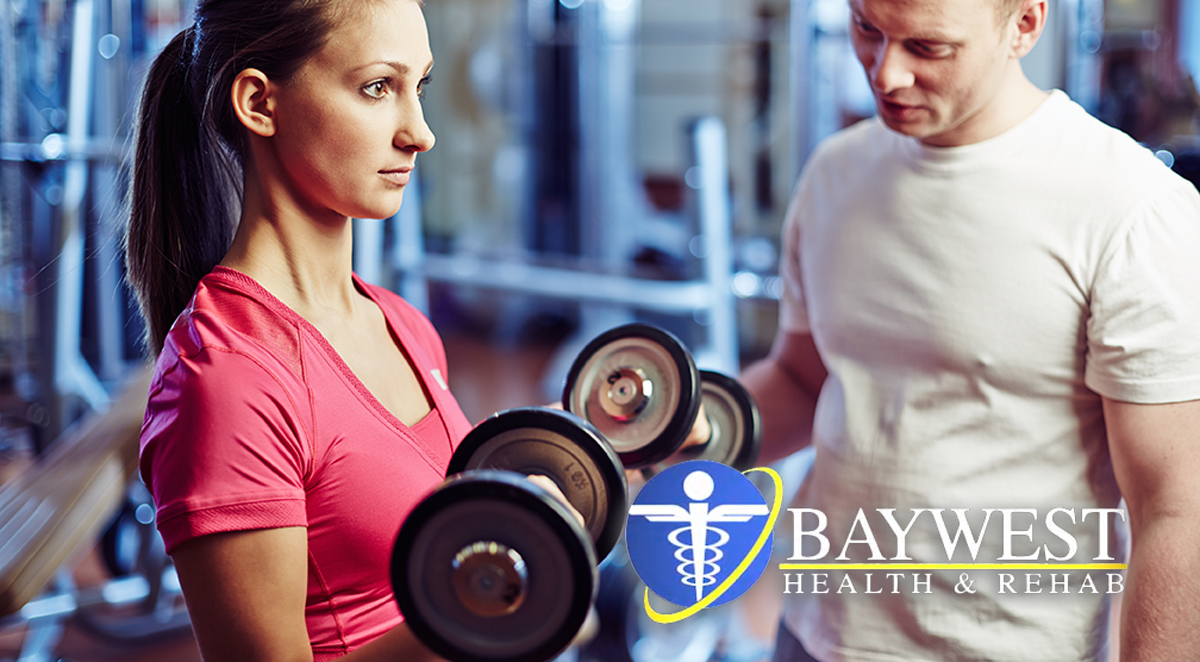
Training Others to Coach Weightlifting Movements
The process of coaching weightlifting movements is classified into 4 factors.
1. Have confidence you can do it
Weightlifting movements are neither difficult to teach nor are they arduous to coach. Although they may be difficult to master, this should not be a concern because most skills are difficult to master too. Take for example an entire baseball team that is coached on how they should hit a baseball being thrown at them. Okay, the most difficult part in this situation is the fact that the player throwing the baseball does not want the team to hit the ball. In my opinion, that is even more difficult than lifting a barbell off the ground.
In simpler terms, you must understand that weightlifting movements are not just anything where you coach and assume everyone gets you; you have to keep teaching and coaching it. Remember, it’s a skill; not a qualification course. If you keep teaching and coaching, be sure to have a group of coaches who can deliver it over and over.
2. Consider a system of teaching
Having a system of teaching is very important; it will help you develop something that is repeatable. If every athlete who comes to the gym gets the same content, you can be sure that your group will be made of competent athletes in the Olympic lifts. They will know the basic concepts, positions, and movements. Take an example of the curriculum taught in a traditional class. Some people are likely to grasp concepts a little faster because they are fast learners. Some, on the other hand, are slow learners; hence, will drag behind. But, if you have a system of teaching, be sure that each athlete shall have ended up with certain base level of knowledge by the end of the day.
3. Ensure Mistake Spotting is a breeze for your coaches
While there are many ways to identify mistakes in weightlifting movements, the easiest way to achieve the same is by learning from others. Be sure to only watch the receiving position on the 1st lift of any set. That is because the receiving position allows us to get a lot of information on movement, balance, and positions, among others. The receiving forward can be compared to the symptom of an infection. For example, if you see jumping forward, it may be as a result of some elements of the athletes being too far forward. Similarly, if you see wide feet on catch position, it may be due to over-pulling with the arms, and if you see hips forward at catch, the cause may be pulling with the back.
Overall, all we need to do is to see the symptom on the receiving position, and use that to spot some common mistakes which may be happening across the lifts.
4. Try to Make Corrections
Establishing a message or talking points is something that is crucial when you have a company. In most cases, we do this because we want to have consistency in our culture.
If you are a coach, then the best buzzwords you should go for are coaching cues. Your coaches will rely on your consistency in coaching to solve problems and make corrections. In this editorial, there are 3 tiers of cues to help you make corrections. And each tier has different levels of effectiveness for different levels of athletes.
Our first tier is internal cues and they are the ones we would want to use the least often. Their major focus is movement and action of individual body parts. Since they are pretty advanced, it’s important for the athlete to have a fairly good sense of awareness of their body in space.
Our second tier is external cues, which mostly focus on vivid ideas of environment. Ideally, they are almost metaphorical in a sense and this makes them fairly good for most athletes.
Using the environment around the athlete to create a better movement is probably the best and most effective tier of corrections. We typically use this technique by including some sort of complex movements, which need the athlete to do it correctly in order to complete it.
Let’s take an example of an athlete with a wide stance, similar to that of a starfish, during a power clean. As coaches, we know that the athlete’s situation is as a result of over-pulling, and, therefore, we should consider the following:
- Tier 1 is, of course, an internal cue (as stated earlier) and it’s ideal for advanced athletes. The cue, therefore, is to extend more, less arm by using your hips and legs.
- Tier 2 is external cue, and it’s perfect for most athletes. The cue, therefore, is to make your arms like noodles and then punch the elbows before sitting.
- Tier 3, which is environmental cue, is ideal for all athletes, and here, our main focus is on power clean and front squat. The athlete should be in proper stance to complete the front squat. We expect the athlete’s feet not to jump after a few reps.
The Bottom Line
As a coach, your main aim should be to get athletes to complete the Olympic lifts effectively, because this will be rewarding to their performance. You should also make sure your coaches coach the lift effectively, as this will be rewarding to you and help you get an increased number of athletes that you can effect positively. Use the aforementioned steps to come up with a system for creating coaches that can actually teach weightlifting movements to your athletes. Ideally, if you want a system that you can call your own, go for the Certified Weightlifting Performance Coach system of teaching and correcting. It is effective, as seen through my own coaches at Force Fitness. They were the very first individuals to ever take as well as become certified in the system, which ensures immediate change in coaches’ ability to teach and coach weightlifting movements.
